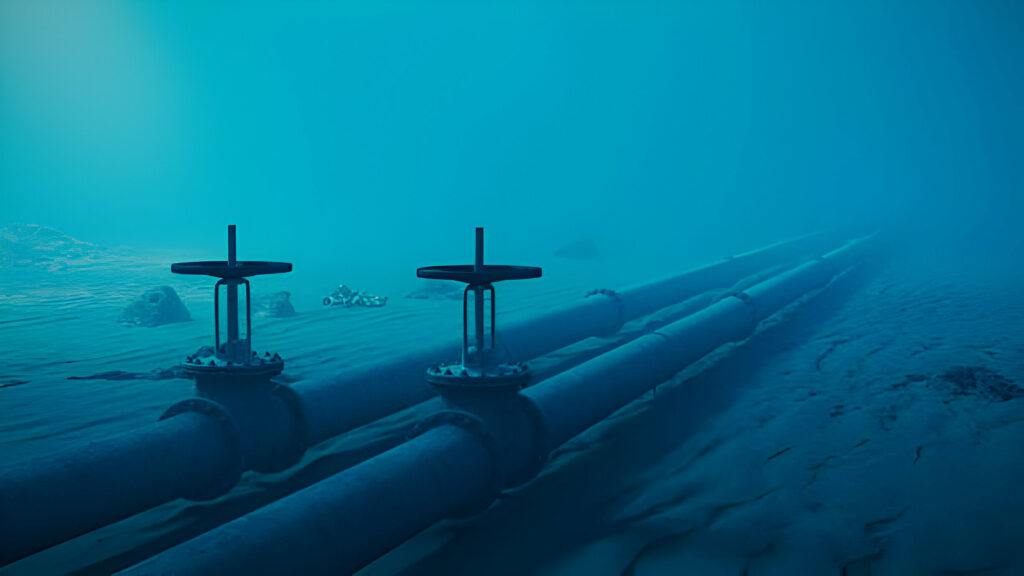
Underwater construction is one of the most specialized and challenging fields in civil engineering. It involves building structures beneath the surface of water—whether in oceans, rivers, lakes, or harbors—and plays a critical role in global infrastructure. From constructing bridges and tunnels to laying underwater pipelines and supporting offshore wind farms, this type of construction combines engineering precision, advanced technology, and rigorous safety protocols.
This article offers a foundational understanding of underwater construction, exploring the techniques used, the challenges involved, and its growing importance in today’s infrastructure development.
Why Underwater Construction Matters
As global populations grow and economies expand, the demand for robust infrastructure continues to increase. Much of this infrastructure must interact with water environments—either by crossing them (as with bridges and tunnels) or by functioning within them (like oil platforms or underwater cables). Underwater construction allows engineers to build and maintain these critical systems while meeting the unique demands of submerged environments.
Common Applications of Underwater Construction
Some of the most common and impactful uses of underwater construction include:
- Bridge Foundations: Pillars and footings for long-span bridges are often built underwater, requiring strong and stable substructures.
- Tunnels and Subways: Urban transportation systems often involve underwater tunnels to connect major areas, especially in coastal cities.
- Offshore Oil Rigs and Wind Farms: The energy sector relies heavily on underwater platforms for drilling and renewable energy generation.
- Ports and Harbors: Construction of docks, piers, and breakwaters enables safe shipping and marine trade.
- Underwater Pipelines and Cables: These transport oil, gas, water, and even internet connectivity across vast distances under the sea.
Core Methods of Underwater Construction
There is no one-size-fits-all approach to building underwater. Engineers select methods based on depth, water conditions, project type, and environmental impact. Some of the most widely used techniques include:
1. Cofferdams
Cofferdams are temporary watertight enclosures built within a body of water, then pumped dry to expose the seabed. Workers can then build the foundation or structure in dry conditions. Cofferdams are especially useful for shallow water projects like bridge footings or dock foundations.
2. Caissons
Caissons are large, prefabricated watertight structures that are sunk into the seabed and filled with concrete to create a solid foundation. These are often used for deep-water bridge supports or offshore structures.
3. Tremie Concrete
This method allows concrete to be poured underwater through a vertical pipe, minimizing segregation and allowing it to set effectively even when submerged.
4. Underwater Welding
Welding under water is essential for repairs and steel construction in submerged conditions. Specialized techniques like “wet welding” and “dry chamber welding” are used depending on project complexity and water depth.
5. Marine Divers and ROVs
Highly trained commercial divers often perform tasks manually when machinery is limited. For deeper or riskier environments, Remote Operated Vehicles (ROVs) are used to handle inspection, welding, and construction tasks with precision.
Challenges of Underwater Construction
Constructing below the surface is complex and fraught with challenges that require careful planning and execution:
- Limited Visibility: Turbid water and low light make precision work difficult.
- Water Pressure: Increased depth leads to greater pressure, which affects both humans and equipment.
- Tidal Movements and Currents: Shifting water can destabilize structures and complicate installation.
- Environmental Concerns: Construction can disturb marine ecosystems, requiring strict regulatory compliance.
- Worker Safety: Underwater environments are inherently hazardous, making diver safety protocols essential.
Each project must be designed with these risks in mind, incorporating specialized engineering solutions to ensure stability, durability, and safety.
Technology and Innovation in Underwater Construction
Recent advancements are improving both the safety and efficiency of underwater construction:
- ROVs and AUVs: Remotely operated and autonomous underwater vehicles are taking over many tasks previously handled by human divers.
- 3D Sonar and Laser Scanning: These technologies allow engineers to map and monitor underwater environments with great precision.
- Eco-Friendly Materials: New formulations of concrete and coating materials are reducing the environmental impact of submerged structures.
- AI and Robotics: Artificial intelligence is being used to manage inspection data, control robotic systems, and plan complex installations.
These innovations are helping to streamline projects and open new possibilities for underwater infrastructure.
Conclusion
Underwater construction is an essential and rapidly evolving part of modern engineering. From connecting cities with underwater tunnels to supporting clean energy initiatives with offshore platforms, it plays a vital role in shaping the future of infrastructure.
Although it presents unique challenges—like visibility, pressure, and environmental impact—advances in technology and engineering methods continue to improve efficiency and safety. As coastal populations rise and demand for resilient infrastructure grows, the importance of skilled underwater construction will only increase.
